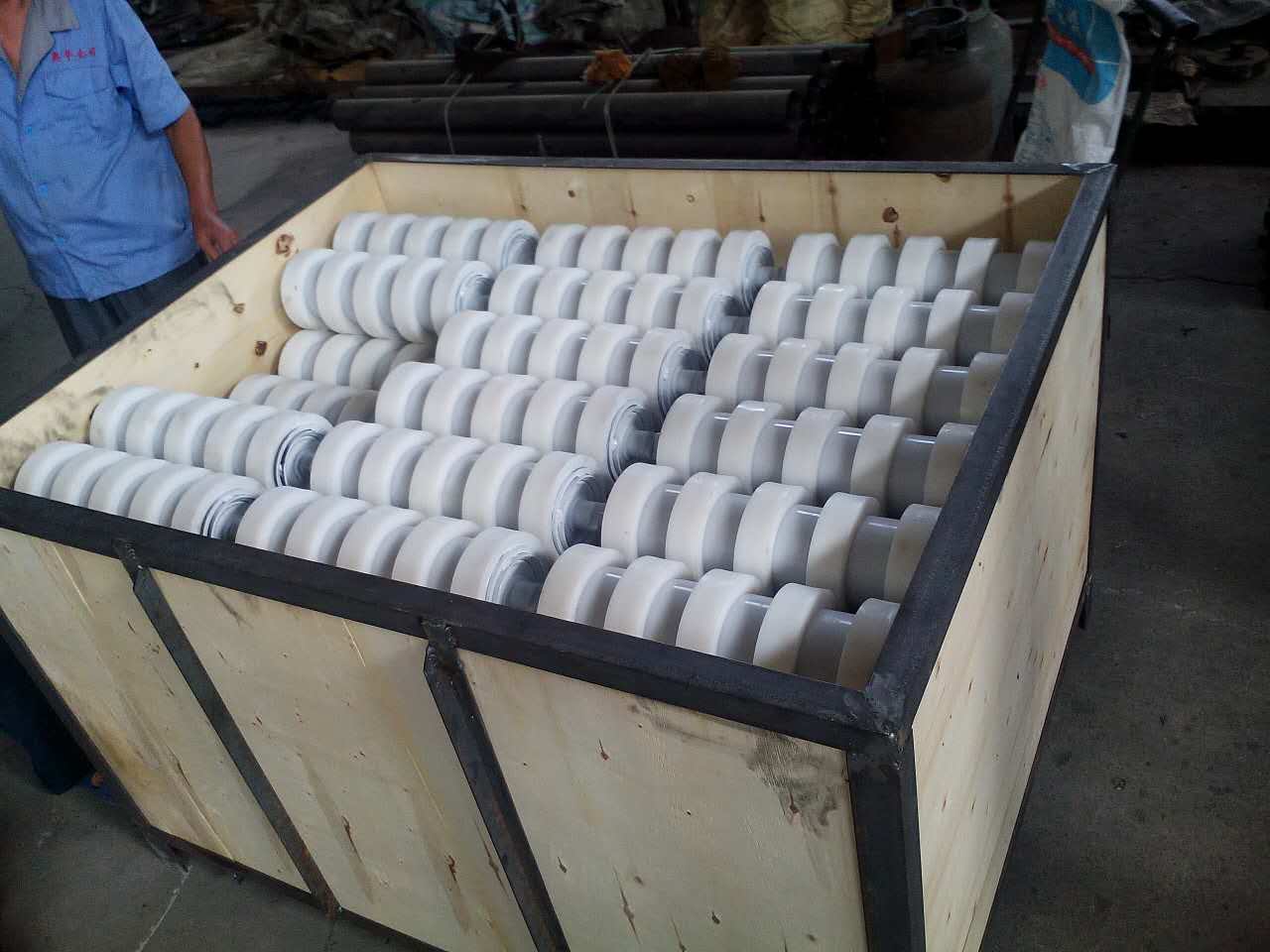 Afrikaans
Afrikaans  Albanian
Albanian  Amharic
Amharic  Arabic
Arabic  Armenian
Armenian  Azerbaijani
Azerbaijani  Basque
Basque  Belarusian
Belarusian  Bengali
Bengali  Bosnian
Bosnian  Bulgarian
Bulgarian  Catalan
Catalan  Cebuano
Cebuano  Corsican
Corsican  Croatian
Croatian  Czech
Czech  Danish
Danish  Dutch
Dutch  English
English  Esperanto
Esperanto  Estonian
Estonian  Finnish
Finnish  French
French  Frisian
Frisian  Galician
Galician  Georgian
Georgian  German
German  Greek
Greek  Gujarati
Gujarati  Haitian Creole
Haitian Creole  hausa
hausa  hawaiian
hawaiian  Hebrew
Hebrew  Hindi
Hindi  Miao
Miao  Hungarian
Hungarian  Icelandic
Icelandic  igbo
igbo  Indonesian
Indonesian  irish
irish  Italian
Italian  Japanese
Japanese  Javanese
Javanese  Kannada
Kannada  kazakh
kazakh  Khmer
Khmer  Rwandese
Rwandese  Korean
Korean  Kurdish
Kurdish  Kyrgyz
Kyrgyz  Lao
Lao  Latin
Latin  Latvian
Latvian  Lithuanian
Lithuanian  Luxembourgish
Luxembourgish  Macedonian
Macedonian  Malgashi
Malgashi  Malay
Malay  Malayalam
Malayalam  Maltese
Maltese  Maori
Maori  Marathi
Marathi  Mongolian
Mongolian  Myanmar
Myanmar  Nepali
Nepali  Norwegian
Norwegian  Norwegian
Norwegian  Occitan
Occitan  Pashto
Pashto  Persian
Persian  Polish
Polish  Portuguese
Portuguese  Punjabi
Punjabi  Romanian
Romanian  Russian
Russian  Samoan
Samoan  Scottish Gaelic
Scottish Gaelic  Serbian
Serbian  Sesotho
Sesotho  Shona
Shona  Sindhi
Sindhi  Sinhala
Sinhala  Slovak
Slovak  Slovenian
Slovenian  Somali
Somali  Spanish
Spanish  Sundanese
Sundanese  Swahili
Swahili  Swedish
Swedish  Tagalog
Tagalog  Tajik
Tajik  Tamil
Tamil  Tatar
Tatar  Telugu
Telugu  Thai
Thai  Turkish
Turkish  Turkmen
Turkmen  Ukrainian
Ukrainian  Urdu
Urdu  Uighur
Uighur  Uzbek
Uzbek  Vietnamese
Vietnamese  Welsh
Welsh  Bantu
Bantu  Yiddish
Yiddish  Yoruba
Yoruba  Zulu
Zulu Essential Components of Conveyor Systems for Efficient Material Handling
Conveyor System Components An Overview
Conveyor systems are essential in various industries, facilitating the efficient movement of materials from one point to another. Understanding the main components of these systems helps in selecting the right design for specific applications, ensuring optimal performance and longevity. Here, we explore the key components of conveyor systems and their roles.
1. Belt The conveyor belt is the primary component that carries the materials. Made from various materials such as rubber, fabric, or metal, the choice of belt depends on the type of materials being handled and the operating environment. For instance, rubber belts are widely used for their durability and flexibility, while metal belts are ideal for high temperatures and heavy loads.
2. Rollers Rollers support the conveyor belt and help in its movement. They are typically made from metal or plastic and come in various sizes and configurations. The positioning of rollers is critical; they help control the belt's tension and guide it for smooth operation.
3. Drive System The drive system consists of motors and gearboxes that provide the necessary power to move the conveyor belt. The choice of motor depends on the load requirements, with options ranging from electric motors to hydraulic systems for heavier loads. The gear system helps adjust the speed and torque to match the conveyor’s operational needs.
conveyor system components

4. Frame The frame provides support and stability to the conveyor system. Made from materials like steel or aluminum, it’s designed to withstand the weight of the materials being transported and to endure the operational stresses.
5. Idlers Idlers are unpowered rollers that support the belt and material load. They help maintain the alignment of the belt and reduce friction, allowing for smoother operation and reducing wear on the belt.
6. Hoppers and Chutes These components are designed to facilitate the loading and unloading of materials onto and off the conveyor system. Hoppers introduce bulk materials while chutes guide materials to their next destination, enhancing the system’s efficiency.
7. Control Systems Modern conveyor systems often include advanced control systems that monitor and manage the operations. These systems can automate processes, improve safety, and optimize performance through real-time feedback and adjustment.
In conclusion, each component of a conveyor system plays a vital role in its overall functionality and efficiency. Understanding these components allows businesses to select and maintain conveyor systems that meet their specific operational requirements, ultimately leading to improved productivity and reduced operational costs. From manufacturing and logistics to food processing and mining, conveyor systems are indispensable tools that drive efficiency and effectiveness in material handling.
-
Revolutionizing Conveyor Reliability with Advanced Rubber Lagging PulleysNewsJul.22,2025
-
Powering Precision and Durability with Expert Manufacturers of Conveyor ComponentsNewsJul.22,2025
-
Optimizing Conveyor Systems with Advanced Conveyor AccessoriesNewsJul.22,2025
-
Maximize Conveyor Efficiency with Quality Conveyor Idler PulleysNewsJul.22,2025
-
Future-Proof Your Conveyor System with High-Performance Polyurethane RollerNewsJul.22,2025
-
Driving Efficiency Forward with Quality Idlers and RollersNewsJul.22,2025





























